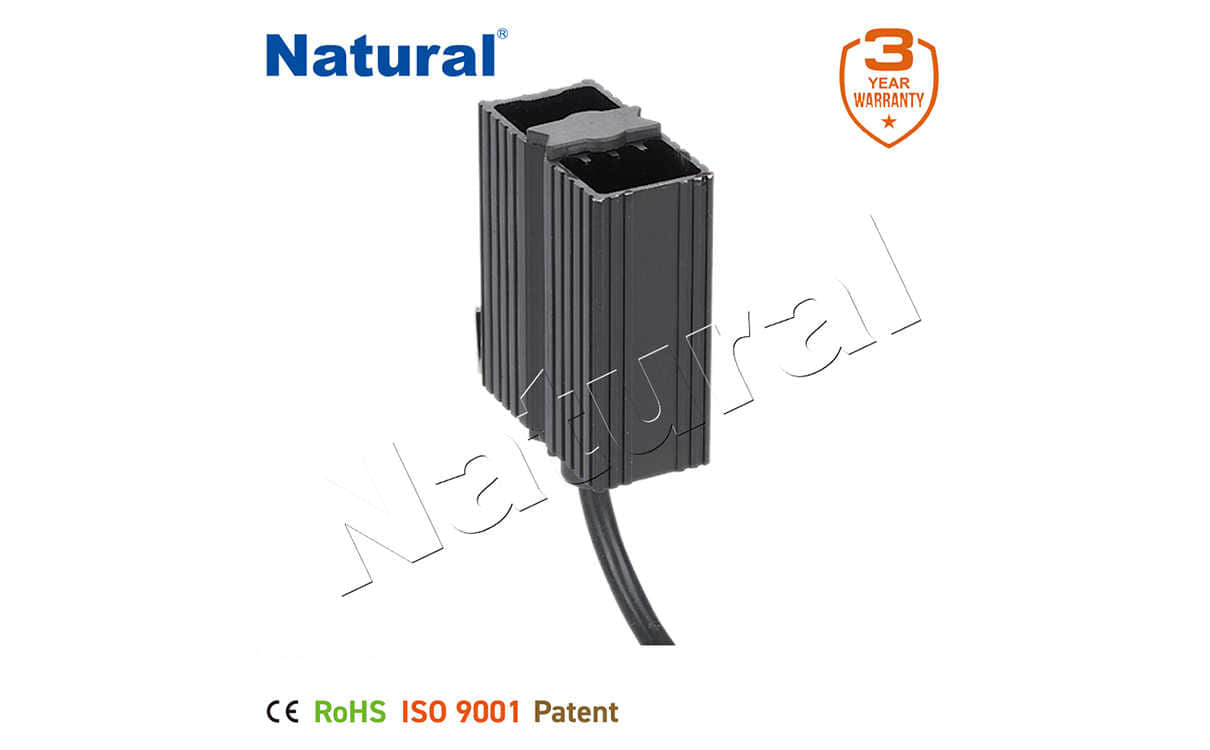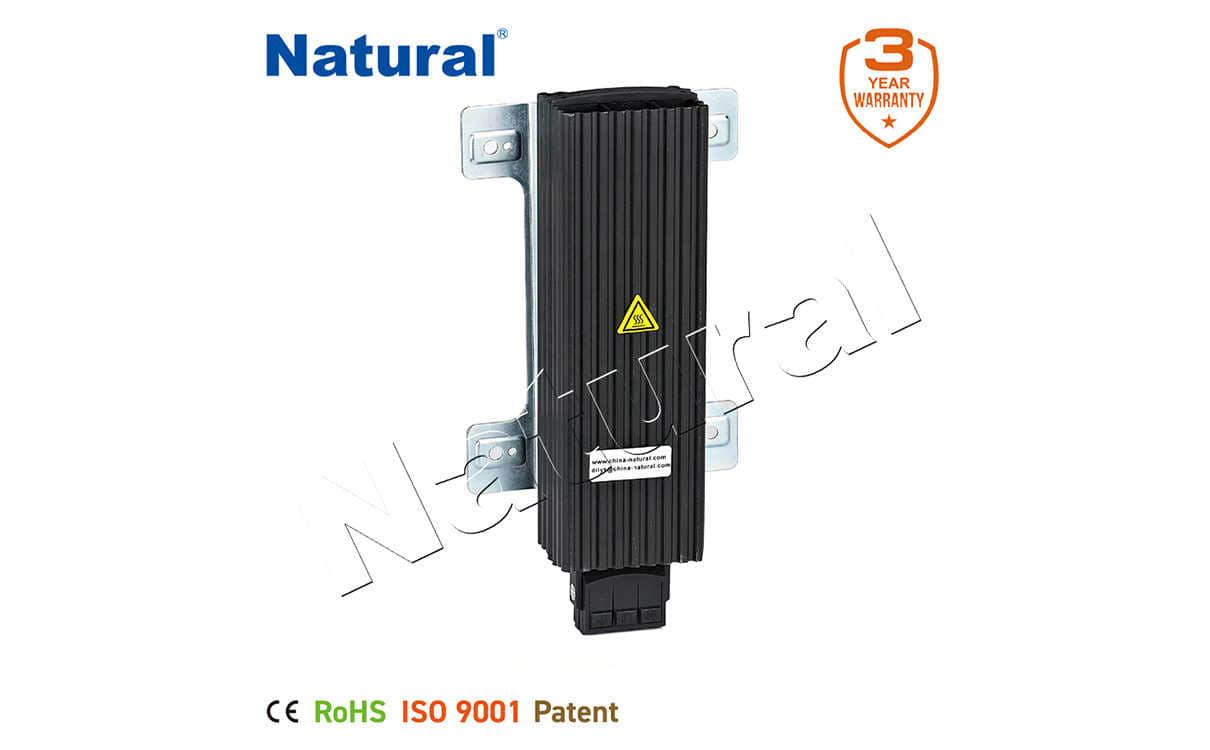understanding ptc heater element: principles, applications, and benefits
Release time:2025-05-06 20:52:44
A PTC (Positive Temperature Coefficient) heater element is a type of heating component that is increasingly being used in various applications due to its efficiency and safety features. Unlike traditional resistive heating elements, PTC heaters use a ceramic material with a unique property: as the temperature rises, the resistance increases, which limits the current flow and effectively prevents overheating. This self-regulating characteristic makes PTC heater elements an excellent choice for a wide range of heating applications, from household appliances to industrial equipment. In this article, we will explore the principles, applications, and benefits of PTC heater elements.

The Basic Working Principle of PTC Heater Elements
The core principle behind PTC heater elements lies in the material's resistance behavior. A PTC material, typically made from a combination of ceramics and metal oxides, exhibits a positive temperature coefficient of resistance. This means that as the temperature of the material increases, its electrical resistance also increases. When the heater is powered on, the current begins to flow through the PTC material, generating heat. As the temperature rises, the resistance increases, reducing the current flow and limiting the heat output. This self-regulating mechanism ensures that the heater does not overheat, providing a built-in safety feature that makes PTC heaters reliable and efficient.


 28 items Patent
28 items Patent
 28 items Patent
28 items Patent
 28 items Patent
28 items Patent










